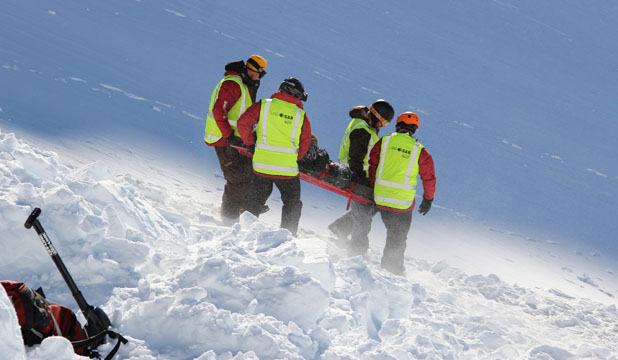
Ice in the Artic keeping slow down: CryoSat satellite reports ice thickness data
Last verifications about the volume of sea ice in the Artic affirm that it is lower than any other November before
ESA’s CryoSat satellite is equipped with a radar altimeter which can measure the surface variation and thickness. Lately has been registered that in the last winters, the growth of ice in the Arctic has been about 10% lower than usual.
These information are essential to track climate change and for maritime operators who are well aware of how ice conditions are. as for what the US National Snow and Ice Data Centre reported, the area of the Arctic covered by sea ice fell to 4.1 million sq km in September this year – slightly less than the sea-ice extent in September 2011.
However, CryoSat shows that the ice was at 116 cm thicker on average at the end of summer than in most other years. This means there was more ice this year than in 2011.
Anyway, the Arctic usually gains about 161 cubic km of ice per day in November, but this year’s growth has been about 10% lower, at 139 cubic km per day, with a total ice volume estimated to have accumulated to 10 500 cubic km by the end of the month.
Although sea ice in the central Arctic is currently thicker than it was in 2011, there is far less ice in more southerly regions such as the Beaufort, East Siberian and Kara Seas.
Rachel Tilling, at the UK’s Centre for Polar Observation and Modelling (CPOM) declares:
“Because CryoSat can measure Arctic sea ice thickness in autumn, it gives us a much clearer picture of how it has fared during summer,” said , who came to these conclusions. Although sea ice usually grows rapidly after the minimum extent each September, this year’s growth has been far slower than we’d expect – probably because this winter has been warmer than usual in the Arctic.”
Professor Andrew Shepherd, CPOM Director and principal scientific advisor to the CryoSat mission affirmes:
“To understand the role that sea ice plays in the climate system, and the restrictions it places on maritime operations, we must ensure that its measurements are continued into the future.”
CPOM plans to release a complete assessment of 2016 sea ice conditions in the coming weeks.



